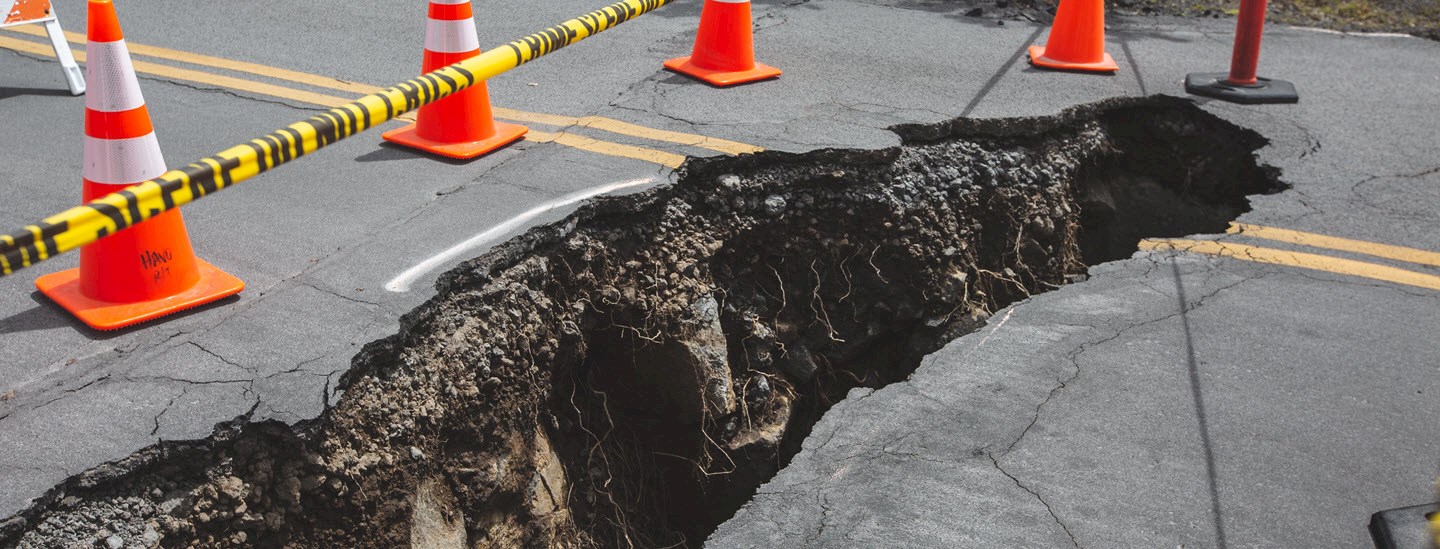Although strong earthquakes are infrequent in Canada, earthquakes still should be part of your emergency planning because of their unpredictability and potential destructiveness. This guide to earthquake preparedness has resources to help your businesses prepare for, survive and recover from an earthquake.
- Review your policies and coverages
- Prepare for an earthquake
- Know what to do during and after an earthquake
- File an insurance claim after an earthquake
Review your policies and coverages
If your business is in an area at risk of an earthquake, review your policies with your Gallagher broker so you understand what your current policy covers and can secure more coverage if needed. To summarize your policy details, use the Policy and Claim Reporting Information Directory.
Prepare for an earthquake
While disasters such as floods and wildfires are more prevalent in Canada than earthquakes are, it's still important to include them in your disaster planning because they can cause injury, death and property damage.
In addition to following the basic steps below for preparing for any disaster, use the Earthquake Preparedness Checklist to plan earthquake-specific preparations and staff training.
- Meet with your emergency response team to make sure team members understand the plan and their roles.
- Review, revise and distribute your internal communication plan so employees know what to do during an earthquake and where to go for information afterwards.
- Complete the Policy and Claim Reporting Information Directory with information about each related policy.
- Store photos and/or videos that document your assets and equipment offsite or online.
- Verify that all contacts on the Emergency Resource List are current.
- Update your Crisis Communications Planning Checklist.
- Review steps for communicating with employees in the Social Media and Disaster Communication Checklist.
- Make sure your business is equipped with items on the Disaster Supply List.

